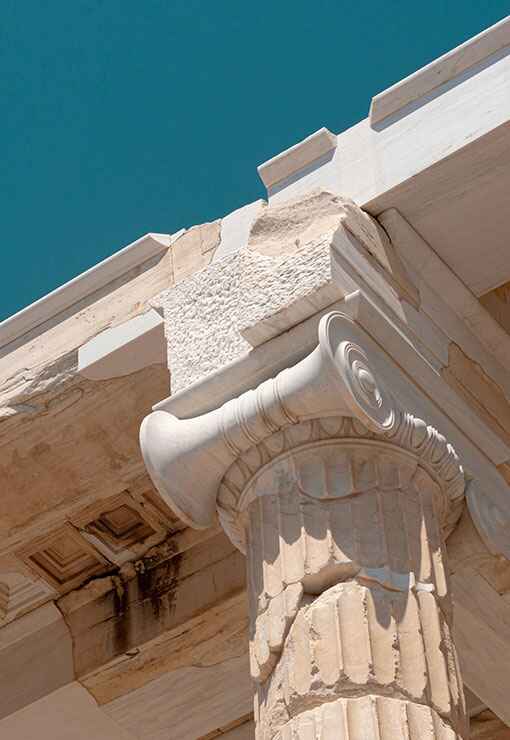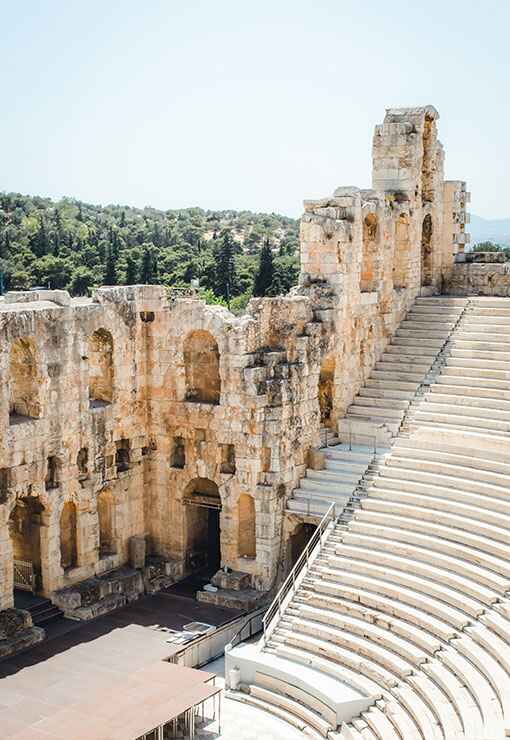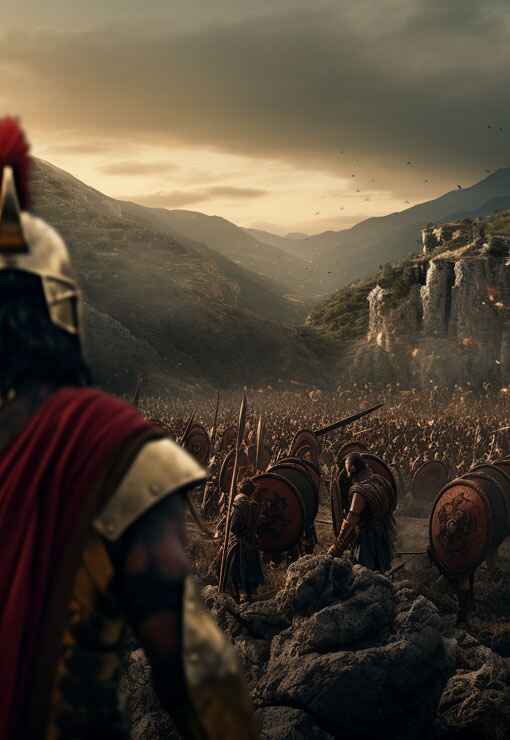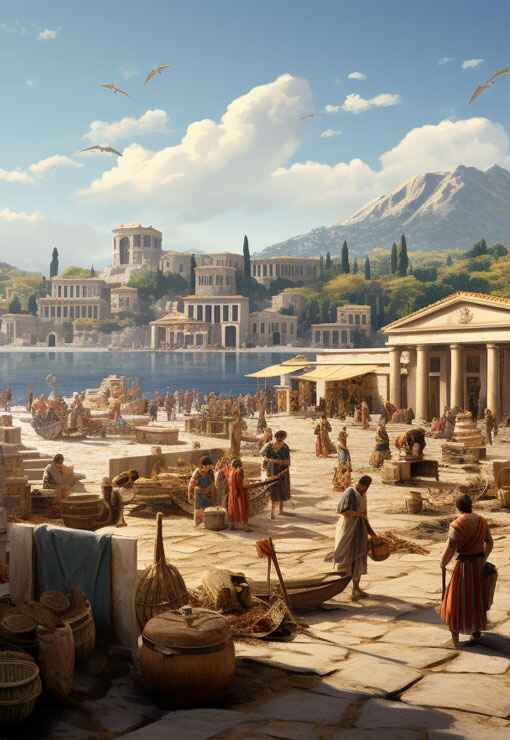

Ancient Greek vase painting is a significant art form that provides valuable insights into the culture, daily life, and mythology of ancient Greece.
These vases, made from clay and decorated with intricate designs, served various practical and ceremonial purposes. The techniques and styles evolved over time, reflecting changes in Greek society and artistic expression.
Greek vase painters employed different materials and methods to create their works, with notable techniques including black-figure and red-figure painting. These methods allowed for detailed and expressive depictions of mythological scenes, everyday activities, and historical events.
The subject matter of Greek vases is diverse, encompassing themes such as mythology, athletics, and domestic life. These scenes provide a rich visual record of the beliefs, values, and practices of ancient Greek society.
Vase painting played a crucial role in ancient Greek art, not only for its aesthetic value but also for its storytelling ability. The scenes depicted on vases continue to captivate and inform historians, archaeologists, and art enthusiasts today.
Greek vases served a variety of functions, from everyday use in households to ceremonial purposes in religious rituals. They were made from clay and shaped on a potter's wheel, then decorated with scenes that often reflected their use, such as storage jars (amphorae), mixing bowls (kraters), and drinking cups (kylixes).
More
Black-figure and red-figure are the two main techniques used in Greek vase painting. Black-figure painting, developed earlier, features black silhouettes against the red clay background, with details incised into the figures. Red-figure painting, which followed, reversed this scheme, allowing for greater detail and realism in the depictions.
More
The subject matter of Greek vase painting includes a wide range of themes, from mythological tales and heroic exploits to everyday activities and athletic competitions. These scenes provide a glimpse into the values, beliefs, and daily life of the ancient Greeks, with detailed portrayals of gods, heroes, and ordinary citizens.
More
Ancient Greek art and architecture, with its harmonious proportions and timeless elegance, continue to inspire awe and admiration millennia later.
Discover
Greek mythology, a rich tapestry of gods, heroes, and mythical creatures, captivates the imagination with its tales of love, betrayal, and epic adventures that delve into the depths of the human psyche.
Discover
Ancient Greek history, marked by remarkable achievements in democracy, philosophy, and warfare, shaped the foundation of Western civilization, leaving an indelible legacy of innovation and cultural influence that continues to resonate to this day.
Discover
The ancient Greek Olympics, held in Olympia every four years, celebrated athleticism, unity, and cultural pride, serving as a testament to the enduring spirit of competition and excellence that transcends time and borders.
Discover
Ancient Greek wars, such as the Persian Wars and the Peloponnesian War, were pivotal conflicts that shaped the course of history, highlighting the struggle for power, independence, and the clash of civilizations in the ancient Mediterranean world.
Discover
Ancient Greek culture and society, characterized by its emphasis on art, philosophy, and civic engagement, fostered a vibrant intellectual and social landscape where innovation flourished, democracy thrived, and the pursuit of knowledge and excellence was celebrated as fundamental values of civilized life.
Discover
Find out more about ancientgreece.com